The content of the article
The barn owl has received its distribution in Western European regions, and it is extremely rare in the territory of the Russian Federation. It is the most ancient representative of the detachment of owls. Ancient legends have attributed various magical properties to this owl, this bird was often called the night owl, which appeared in a ghostly form, emitting moans that resembled a scream.
A distinctive feature of this species is the shape of the head and the ability to emit specific sounds. The population of these owls is ranked as the most common species on our planet.
Distinctive features of this type
This owl got its name due to the characteristic features of the sound of its own voice. The singing of a night bird resembles the sound of snoring coming out of a hoarse pharynx.From its closest relatives it is distinguished by the shape of the head, the outline of which resembles a stylized model of the heart. When you look at this bird at close range, it seems that her face is hidden in a white mask of theatrical origin.
In the plumage of this owl, light tones predominate; one of its most remarkable characteristics is the appearance of its face. Its size is like a daw or representatives of eared owls, its body length reaches 39 centimeters, and the weight of representatives of this species of owls reaches 350 grams. The width of the wingspan of this bird can be 90 centimeters.
One of the characteristics of the barn owl are tangible differences in the mass indices of different individuals, which can vary from 180 grams to 700 grams, and depend on the individual characteristics of each bird.
The upper body is painted in sand or red color, which is covered with multiple inclusions, consisting of white and dark gray tones. The lower part of her body is represented by white, which in some individuals may be replaced by yellow. The monotony of the color scheme of the bird's lower body is diluted by multiple blotches consisting of dark shades.
The wings of the night hunter are painted white, which is clouded by characteristic opalines, composed of flowing golden hues. The color of her eyes is expressed in a dark brown tone, although some individuals may have black eyes. The size of the eyes of this bird is characterized by an incredible size, and is a characteristic feature that distinguishes the owl family.
The barn owl is the owner of a rather slender body, its paws are characterized by considerable length, they are covered with fluffy plumage, densely covering the surface of the paws to the very fingers of the bird. It is distinguished from other owls by a shortened tail and beak, painted in yellow and white.
The color of the lower half of the body of a representative of this species depends on the places in which it lives. For example, the representatives living in the northern regions of the African continent, in the western,as well as the southern regions of Europe and in the Middle East, have white plumage, forming the lower part of the body of the bird. And for individuals living in other European regions, the lower part of the body is formed from the plumage of yellow-orange color.
The character of the feathering of the barn owl females does not differ from the color of the plumage of males of this species. Of course, on closer examination, it can be noted that the females of these owls have darker tones of their cover, but this difference is rather difficult to determine.
The color spectrum that fills the plumage of young individuals of this species does not have clear differences from the palette of mature individuals, it is distinguished, perhaps, by a more variegated character in the expression of tones representing their color.
Places that night hunter chooses for its habitat
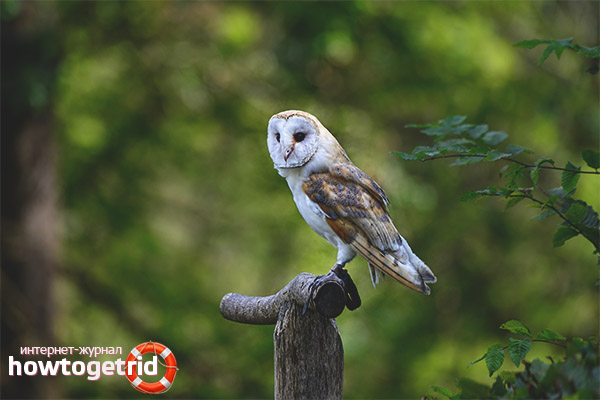
The subspecies that the barn owl totals consist of 35 positions, they have been spread across the territory of all continents, if you do not take into account Antarctica. You can meet representatives of this species even on the islands. In the recent past, the population of these owls in large numbers inhabited the territory of the former CIS, but today the situation has changed, and you can meet a barn owl quite rarely.In the open spaces of the Russian Federation, it can now be seen only in areas of remote Kaliningrad. In Europe, it does not occur, as well as in the northern part and in the areas occupied by mountain ranges.
First of all, this species of owls possesses noticeable abilities to adapt to various climatic features of various latitudes, which allowed them to gain worldwide distribution. But to postpone the fat supply of the barn owl is not adapted, which means that it is experiencing complete apathy for winter conditions. For this reason, it cannot be found in the northern regions of the United States and in most of Canada, as well as in the northern regions of Europe and almost the entire area of Russia. Climate conditions characteristic of desert regions located in Africa or Asia are also unacceptable for this bird.
Stories are known cases in which representatives of this species of owls scientists tried to move artificially to new habitats. This way the barn owl managed to penetrate the islands belonging to the Seychelles and Hawaiian archipelagoes, as well as to the territory of New Zealand. As a result of the experiment, a significant decrease in the population was observed.Kestrel, which became the object of hunting owls.
Nesting
The barn owl in many cases arranges its dwelling next to people. For the device of the nesting places she can choose both urban areas, and settlements of rural type. It is able to make its nest using any secluded place for this purpose, an empty hollow, an attic area or a niche formed in the wall can freely fit for it. In addition, the attention of owls attract abandoned buildings.
In nature, these birds can most often be found in the open plains, whose space is animated by the presence of a few groups of trees. Similar characteristics can be applied to light forest or swamps, and even to various meadows. In addition, this species of owls patrols areas located near wastelands or various reservoirs, as well as ravines or highways.
These birds are well known in the locations of various buildings and in areas of agricultural complexes. The barn owl does not like densely growing forests, as well as high-mountainous areas.Birds of this species prefer spaces in which there are many easily accessible prey and there is no prolonged frost winters, as well as minimal competition from other predators.
In most cases, they are attached at all times to the territory in which they live. The rare exception is the conditions under which a sharp decline in the population of small animals that make up the rations of owls leads to hungry times.
Barn owl diet
The owl grabs its prey on the fly, catching it with its sharp claws and carrying it to a secluded place where it eats it slowly. A great help in hunting a night bird is its excellent hearing, allowing you to hear any sounds made by prey, which helps to detect it.
Breeding
For the year of the barn owl it makes 1 clutch, and only occasionally 2. The breeding period depends on the habitat of the bird. For example, in North America, this is the period from March to June.
Place for laying is always chosen by the male. Usually he prefers a dark and closed place. During incubation, the male carries food to the female. The laying usually makes 2-7 eggs (sometimes their quantity can reach 14). The size is 30-35 mm. Hatching lasts about 1 month. And in 50-55 days the chicks are ready to fly.
Video: Barn Owl (Tyto alba)

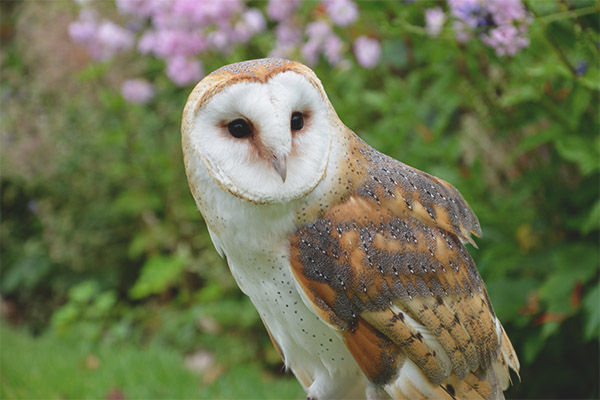
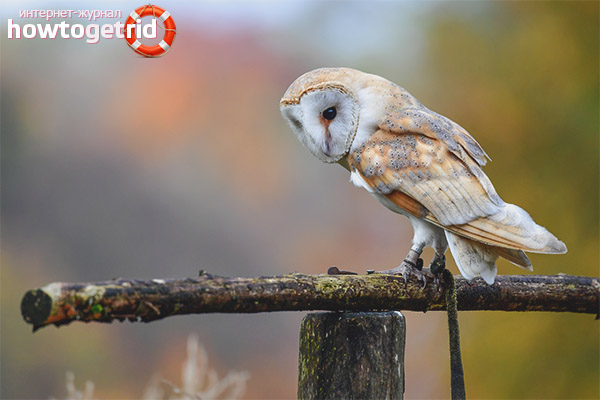
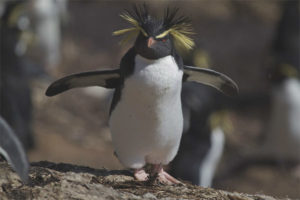
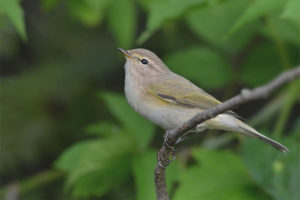
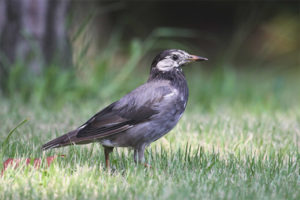
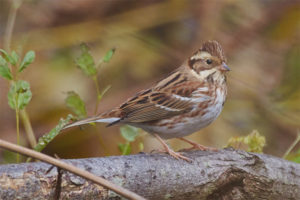
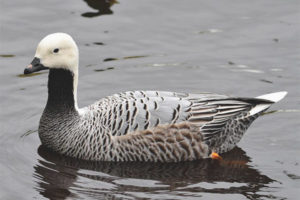
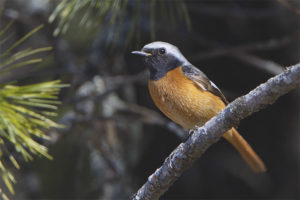
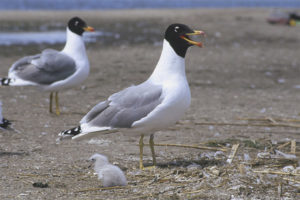
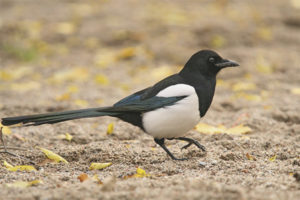
To send